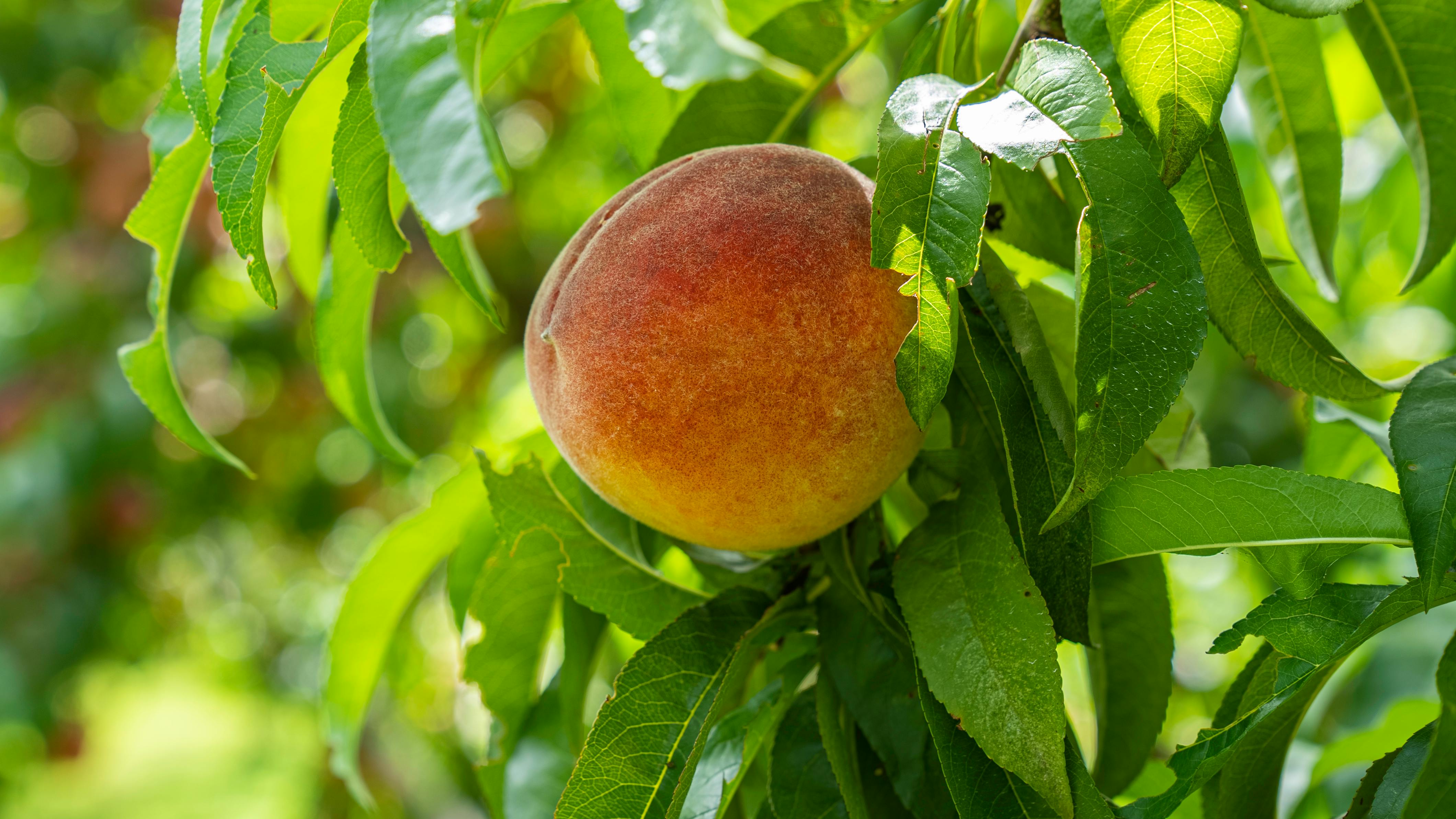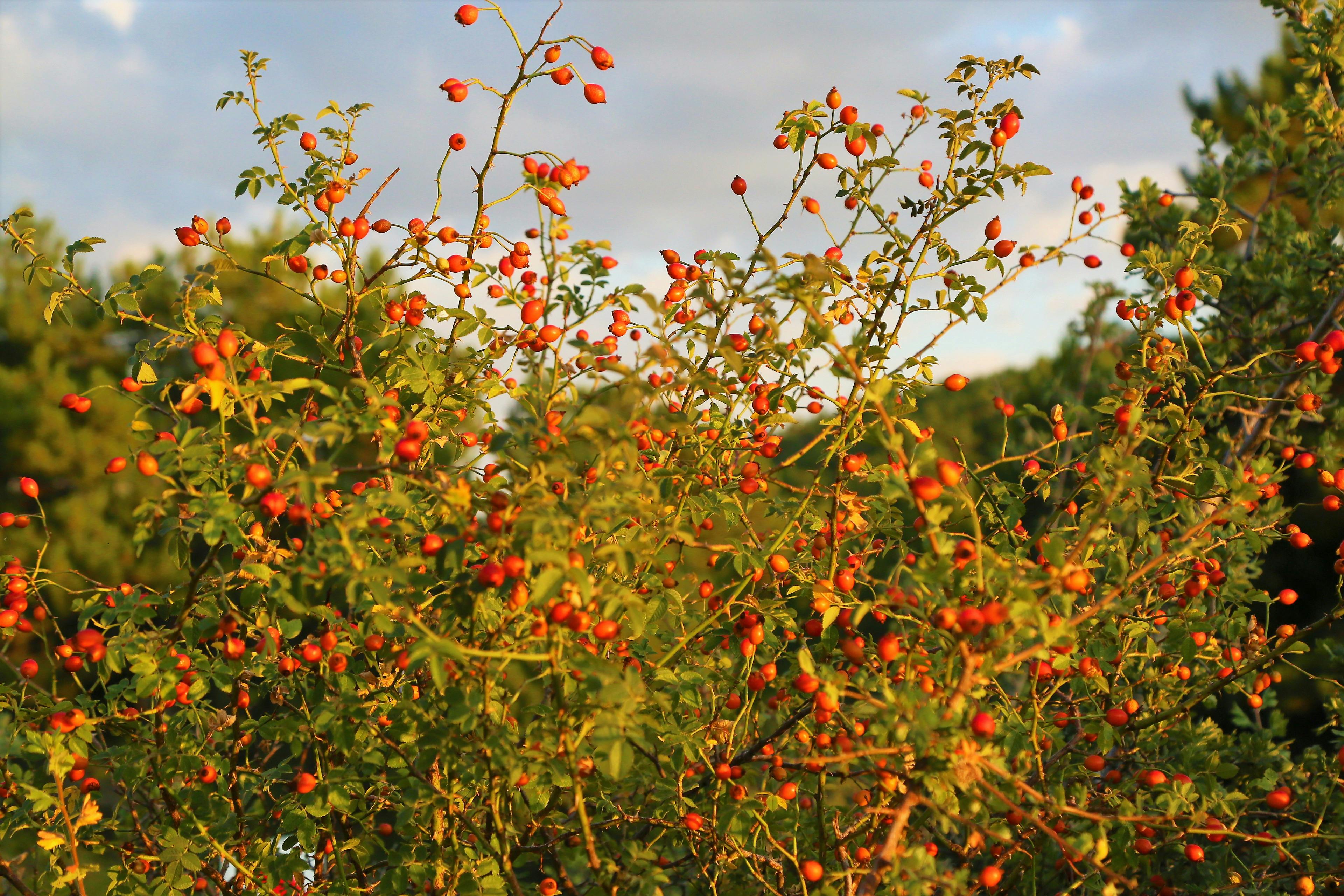Peach trees produce luscious, juicy fruit with sweet and tart flavors that are beloved by many. But when does a peach tree bear fruit? The answer depends on the variety of peach tree and the climate in which it is grown. Generally, most peach trees take three to four years to begin producing fruit, although some varieties can take five years or more. The amount of fruit produced also varies based on the health of the tree and the climatic conditions.A peach tree typically begins bearing fruit in its third year after being planted. However, the amount of fruit it produces will depend on the tree’s variety, climate, and soil conditions.
How Long Does It Take For A Peach Tree To Bear Fruit?
Peach trees require full sun and well-drained soil to produce fruit. Depending on the variety of peach tree, it may take anywhere from 3 to 5 years for the tree to produce fruit. Many peach trees are grafted onto rootstock, which can reduce the time needed for a tree to bear fruit.
The best time to plant a peach tree is in early spring so that the tree has all summer to become established before winter arrives. As the tree matures, it should be pruned regularly in order to ensure that it produces a good crop of peaches each year. When pruning, you should focus on removing dead or diseased branches as well as any branches that are crossing over or rubbing against each other.
When a peach tree is mature and producing fruit, it is important to thin out the fruits in order to prevent overproduction. Thinning out the fruits allows for larger peaches as well as reducing disease pressure from overcrowding of fruits on the same branch. Additionally, proper fertilization and watering will ensure that your peach tree produces an abundant crop of sweet peaches each season.
Overall, with proper care and maintenance, your peach tree should begin bearing fruit within 3-5 years after planting. With regular pruning, fertilizing and watering it is possible for your peach tree to produce delicious peaches for many years!
What Factors Affect The Time It Takes For A Peach Tree To Bear Fruit?
The time it takes for a peach tree to bear fruit depends on several factors, such as the tree variety, climate, soil type, and care. Different varieties of peach trees may require different amounts of time to produce fruit. For example, some varieties are known as “early-bearing” varieties and tend to produce fruit quickly compared to other varieties. Additionally, the climate can have an effect on how quickly a peach tree will bear fruit. It is important that the peach tree receives adequate sunlight and is planted in an area with suitable temperatures for growing peaches.
Soil type also plays an important role in how quickly a peach tree will bear fruit. Peach trees need well-drained soil that is not overly wet or dry in order to thrive and produce fruit. The soil should be slightly acidic with a pH between 6 and 7. Additionally, it should be rich in organic matter such as compost or manure to provide essential nutrients for the peach tree.
Lastly, proper care is essential for a peach tree to bear fruit quickly. Trees need adequate water and should be fertilized regularly with nitrogen-rich fertilizers to encourage healthy growth and fruiting. Pruning can also help stimulate growth and prevent disease by removing dead or damaged branches from the tree. With proper care and ample sunlight, a peach tree can begin bearing fruit within three years of planting.
How To Tell When A Peach Tree Is Ready To Bear Fruit
Knowing when a peach tree is ready to bear fruit can be tricky. This is because the exact time varies from one variety of peach tree to another. However, there are some general signs and indicators that can help you determine when your peach tree is ready to start producing fruit.
One of the most obvious signs that a peach tree is ready to bear fruit is the presence of blooms on the branches. When the blooms fall off, this indicates that the tree is ready to start producing fruit. You may also notice small green buds appearing on the branches, which will eventually turn into peaches as they ripen.
Another sign that your peach tree is ready to bear fruit is if it has already produced in past seasons. If you have successfully harvested peaches from your tree in previous years, then it’s likely that it will produce again this season. However, if you have not harvested any peaches before, then it could take a few years for your tree to start producing fruit.
Finally, you can also check the size of your tree’s trunk and branches for indications of readiness. If the trunk and branches are thick and strong, this usually indicates that your tree is mature enough to start bearing fruit. It’s also important to pay attention to how much sun exposure your peach tree gets – trees in more sunny locations tend to produce more fruit than those in shadier spots.
In general, it’s best to keep an eye on your peach tree throughout the growing season for signs that it’s ready to bear fruit. As long as you keep an eye out for these indicators, you should be able to determine when it’s time for harvesting!
Signs That a Peach Tree is Bearing Fruit
One of the signs that a peach tree is bearing fruit is the presence of blossoms. During the spring, when the weather starts to warm up, peach trees produce white or pink blossoms that can be seen throughout the tree. Once these blossoms start to drop off, it’s usually a sign that the tree has begun to set fruit.
Another sign that a peach tree is bearing fruit is the emergence of small green fruits on its branches. These immature fruits will start to grow larger as they ripen and will eventually turn from green to yellow or orange when they’re ready for harvest. As these fruits continue to mature, they may also begin to acquire a reddish hue.
If you shake a peach tree branch, you may also be able to detect signs of its bearing fruit by hearing some thumps and thuds in response. This noise is usually caused by ripe peaches dropping from their branches onto the ground below. If you don’t hear this sound but still believe your peach tree is bearing fruit, then you should inspect it closely for any visible signs of ripening.
Finally, if all else fails, you can always contact your local extension office or gardening center for help in determining whether or not your peach tree is bearing fruit. They may be able to provide additional information and advice about how best to care for your particular variety of tree and ensure it produces an abundant yield each season!

How Often Does A Peach Tree Bear Fruit?
Peach trees are known for their sweet and juicy fruits. Generally, a peach tree begins bearing fruit a few years after it is planted. Once it starts producing, most peach trees will produce fruit every year. On average, a mature peach tree will bear around 25-30 pounds of fruit per season. However, this amount can vary depending on the variety of peach tree and the growing conditions.
Fruiting is affected by several factors such as the amount of sunlight, water, and nutrients the tree receives. If the tree gets enough sunlight and water but lacks essential nutrients, it may produce less fruit than expected or even fail to bear any at all. The health of the soil in which the tree is planted also affects its ability to bear fruit. Poor soil quality can result in decreased yields or poor-quality fruits.
In addition to environmental factors, pruning is also necessary for optimal fruiting in peach trees. Pruning should be done at least once a year to promote healthy growth and reduce disease pressure on the tree. Proper pruning will also help ensure that the tree receives adequate sunlight and air circulation so that it can produce an abundance of sweet peaches each season.
Overall, peach trees typically bear fruit once a year from late spring to mid-summer depending on their variety and growing conditions. With proper care and maintenance, they can provide an abundant harvest each season while also adding visual interest to any landscape or garden setting.
Ideal Conditions for a Peach Tree to Bear Fruit
Peach trees require warm, sunny climates to produce the best yields of fruit. They thrive in areas with a minimum of 800 chill hours, meaning they need cold weather during the winter months to break dormancy. Peach trees also prefer well-drained soil that is slightly acidic, with a pH of 6.5 or below. Adequate water and nutrients are essential for peach tree health and productive yields. During the flowering and fruit set period, trees should receive 1-2 inches of water per week. Trees should be fertilized annually in late winter or early spring with a balanced fertilizer such as 10-10-10 or 8-8-8. Pruning should be done in late winter or early spring to remove dead wood and maintain an open canopy for better air circulation and sunlight penetration. With proper care and maintenance, peach trees can produce delicious fruit each season!
Location
When selecting a location for your peach tree, make sure it is in an area that receives full sun – at least 6-8 hours of direct sunlight per day. Also, if you live in a colder climate, choose a spot that is protected from frost and wind. It’s also important to make sure the soil drains well, as overly wet soil can lead to root rot.
Pruning
Pruning your peach tree is important for maintaining its health and promoting optimal fruit production. Prune your tree each winter to remove dead or damaged branches. It’s also important to thin out the branches by removing some of the excess branches and fruit clusters so that there are only about 10-15 fruits per limb. This will help ensure that the fruits are larger and healthier.
Fertilization
Fertilizing your peach tree is essential for it to bear healthy fruits. Apply a fertilizer with balanced amounts of nitrogen, phosphorus, and potassium in late winter or early spring when new growth begins to appear. You can also use composted manure around the base of the tree as an additional fertilizer source.
Watering
Your peach tree should be watered deeply once a week during dry periods. Make sure you are providing your tree with 1-2 inches of water each week depending on the temperature and amount of rainfall in your area. Additionally, mulching around the base of the tree can help retain moisture and reduce weeds.
Pest Control
It’s important to monitor your peach tree for any pests or diseases that might be affecting it, especially during flowering season when pest infestation can be more common. If you notice any pests or diseases on your peach tree, treat them promptly with an appropriate treatment for that specific pest or disease.
By following these steps, you’ll be able to keep your peach tree healthy and promote optimal fruit production!

Conclusion
Peach trees bear fruit after 3-4 years in average, depending on the climate and the variety. Peach trees flower from late April to early June and the fruit is ready for harvest in July to September. Peach trees need full sun and moderate water to produce healthy fruit, as well as adequate pruning and thinning for optimal results. With proper care and maintenance, peach trees can provide years of plentiful harvests.
In conclusion, a peach tree will take 3-4 years on average to bear fruit. It needs full sun, moderate water, and regular pruning and thinning to ensure good growth and abundant harvests. With proper care, peach trees can be a great addition to any garden or orchard.



